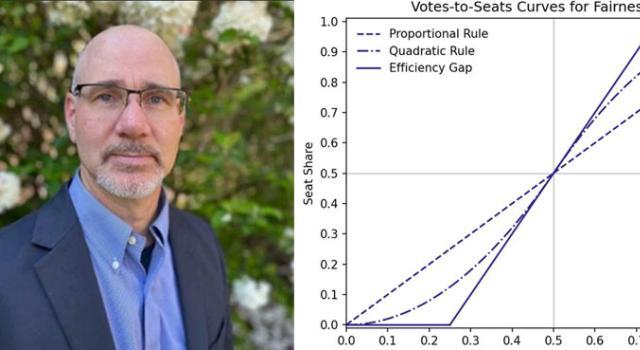Hampshire Professor Salman Hameed Leads Discussion on Relationship Between Astronomy, Evolution, and Religion

Professor of Integrated Science and Humanities Salman Hameed was recently invited to the Amherst Woman’s Club to speak on themes of space, evolutionary science, public media, and politics.
The talk took place at the Women’s Club in downtown Amherst. Hameed kicked things off with the image referred to as the Pillars of Creation, a landscape in space where new stars are formed inside clouds of gas and dust. The photo, captured by NASA’s James Webb Space Telescope, served as a powerful starting point for a conversation about religious symbolism and science and, more specifically, how scientific discovery is communicated to and internalized by the public.
Raised in Pakistan, the professor’s primary research interest focuses on understanding the reception of science in the Muslim world and how Muslims view the relationship between science and religion.
In the talk, Hameed guided participants through questions of how the theory of evolution is received within different groups, with specific focus on his area of study, Islamic communities. In closing, he addressed the importance of communicating the “right” information and resources to people, particularly to students.
Hameed is currently conducting a study to better understand and analyze the discourse and participants in online Islam and science videos. His other research interests include analyzing reconciliation efforts over sacred objects and places of astronomical importance. His past astronomy research focused on understanding star formation in spiral galaxies.
Salman Hameed holds a Ph.D. in astronomy from New Mexico State University at Las Cruces and a B.S. in physics and astronomy from the State University of New York at Stony Brook.
Photo Credits: NASA, ESA, CSA, STScI; Joseph DePasquale (STScI), Anton M. Koekemoer (STScI), Alyssa Pagan (STScI).



